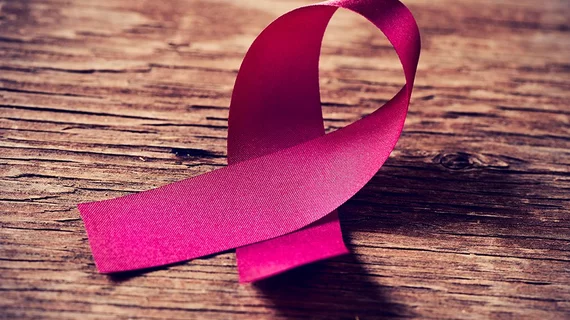New research out of Sweden found that digital breast tomosynthesis (DBT), or 3D mammography, can detect 34 percent more breast cancers than traditional mammography. A majority of the identified breast tumors were classified as invasive.
Full results from the Malmo Breast Tomosynthesis Screening Trial (MBTST) were published in The Lancet: Oncology.
Led by Sophia Zackrisson, PhD, of Lund University in Malmo, Sweden, the group of researchers screened more than 14,800 women between the ages of 40 to 74, over a five-year period. The study cohort underwent screening with traditional mammography and followed up with DBT with reduced compression.
Two groups of reading groups with seven radiologists each read the scans. Recalls were initiated after scans exhibiting possible malignancies were discussed between at least two readers.
The researchers identified 139 breast cancers in 137 women. Sensitivity was 81 percent for DBT, compared to 60 percent for traditional mammography. Specificity was 97 percent for DBT and 98 percent for traditional mammography. More cancers were detected using DBT than with traditional mammography.
“With breast tomosynthesis, 34 percent more cancer tumors were detected compared to the current standard mammography screening. At the same time, we were able to reduce the compression of the breast during examination, something that may encourage more women to participate in screening,” Zackrisson said in a prepared statement.
DBT did result in more women being recalled for further testing than traditional mammography, Zackrisson explained in the same statement.
“We needed to confirm that these women did not have cancer, as this method finds more structures in the breast in general. So, there was an increased call-back rate," she said.
Zackrisson and colleagues are now in the process of conducting a metastudy to further analyze their results.

